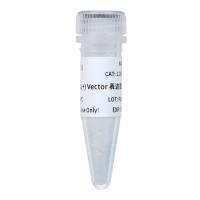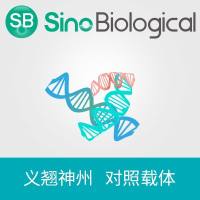Lentiviral vectors based upon human immunodeficiency type I (HIV) are increasingly being used to transduce nondividing or terminally differentiated cells, despite the fact HIV is a known, lethal pathogen. This is because lentiviruses contain multiple gene products that allow infection of cells independent of mitosis. Typically, plasmid DNA is transiently transfected into a producer-cell line, and viral supernatant is harvested a few days later. The supernatant can be used as is to transduce targets of choice, or it can be concen trated up to 1000-fold by ultracentrifugation and then used on difficult targets, such as hematopoietic stem cells (HSC). The ease of production permits any modern molecular biology laboratory to produce reasonable amounts of repli cation-defective virus for research purposes. The entire process is illustrated schematically in Figure 1 and typically takes a week, depending upon the nature of the transgene.
Fig. 1. Production of pseudotyped particles. At top are the three plasmids pHIVPV, pHIV-TV, and the VSV G expression plasmid. A tri-transfection of 293T cells is performed by the calcium-phosphate technique. After 2–3 d, the supernatant is harvested (pseudotyped particles shown), and used to transduce targets. The TV becomes integrated in the host genome (note duplication of the ΔU3); and the transgene product is transcribed ( bent arrow ) and elaborated in the cytoplasm ( light gray circles ).






